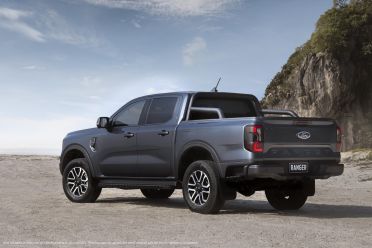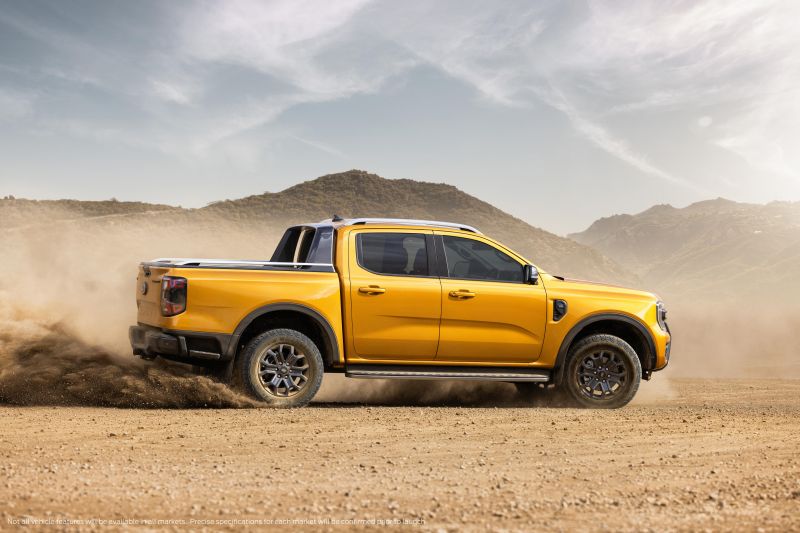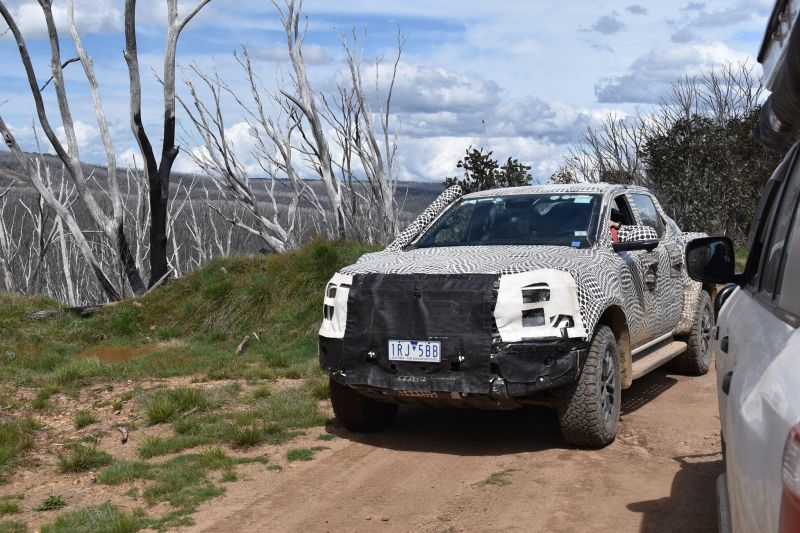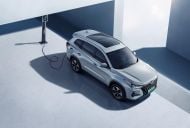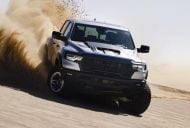Ford has taken the wraps off the 2022 Ford Ranger, launching with a choice of 2.0-litre four-cylinder and 3.0-litre six-cylinder diesel engines for the Australian market.
The engines don’t stop there though; the brand says it’s ready to pull the trigger on higher-capacity petrol engines if buyers express a desire for even more grunt.
“I’ll be careful not to go into politics, but [Australian Prime Minister] Scott Morrison would say customers will choose and drive the market depending on the right technology and combustion,” said Ford T6 chief platform engineer, Ian Foston.
“Europe’s legislated a lot in terms of particulate levels in cities, and that’s driven more gasoline-derived variants, because the after treatment on diesels is now just crazy and punitive in terms of what you need under the vehicle to make it clean,” Mr Foston said.
“I mean, gasolines have their benefits from that perspective. If governments legislate stricter limits, then I can see [the Ranger] going that way [more petrol variants] for sure.”
Mr Foston was speaking about the limits of clean diesel engines with sophisticated exhaust treatment systems, and how the technology will ultimately start handicapping commercial vehicles requiring high torque outputs.
While Mr Foston wouldn’t speak specifically about the engines on offer, it’s understood that the US-specification Ranger will be offered with a number of four- and six-cylinder petrol engine options. These could flow on to the Australian market if there’s enough demand.
“There are many markets around the world that actually don’t want something that’s got more capacity in terms of engine because of the taxation requirements or cost of ownership,” he explained. “But there are also markets that did say they would like a bit more performance, especially in Australia, New Zealand, South Africa… and North America.
“So there were the three markets that kind of wanted to have the option of having a larger-capacity engine. That’s something which, when we did during platform development, we ensured was was in the portfolio,” Mr Foston said.
“I talked about market specifics, but in the platform there is a portfolio of different powertrain combinations that could certainly mean that we can switch out, and do many different things depending on [where] legislation or customer preferences go.”
The all-new Ford Bronco, for example, sits on the T6 platform and uses a 2.3-litre turbocharged four-cylinder petrol engine, along with a 2.7-litre six-cylinder turbocharged petrol engine.
Given the shared components between Bronco and the new Ranger, there’s a good chance we’ll see these engines offered in Ranger for the USA and potentially Australia at some point.






